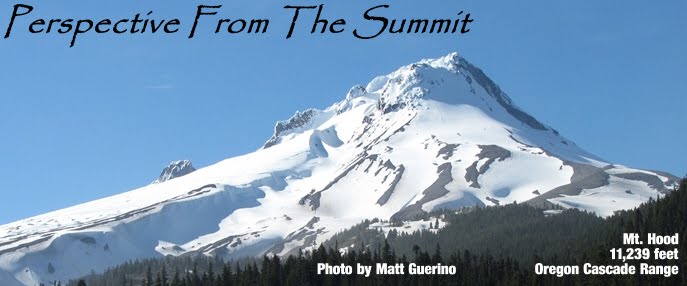We just wrapped up a very cool series of messages at Harvest, where I basically let the congregation determine what we were going to teach on. They submitted a bunch of really good questions, touching on Bible, theology, ethics, current events, and a lot more. I addressed them during our Sunday worship services, suggesting how we can think Biblically about each question. It was a blast!
 One of the questions I didn't get to on a Sunday was as follows: "What do you think about The Bible Code by Michael Drosnin? I heard about it but it sounded a little weird…”
One of the questions I didn't get to on a Sunday was as follows: "What do you think about The Bible Code by Michael Drosnin? I heard about it but it sounded a little weird…”
Well, the writer of this question has a good instinct. The general idea behind Drosnin’s books (I understand there’s a Bible Code 2 and even a Bible Code 3 now) is that by looking at the Hebrew text of the Torah (the first five books of the Bible) one can apply a complicated encryption method and discover secret messages that are hidden within the text. These messages can then be de-coded, and are generally said to be able to predict future events. Sounds cool huh? Anyone curious enough to go buy a copy?
Save your money.
I could elaborate on lots of reasons why Drosnin’s idea is nonsense, including the fact that he’s a journalist (not a scholar), that others have also alleged such things before so this is nothing new, and that every time someone like Drosnin makes these kinds of claims they always stand to sell a lot of books and make a boat-load of money. Curious.
But the most important reason has nothing to do with this particular book or its author. Rather, the really important issue here is how Christians should read the Bible. Simply put, God’s word is not a magic book from which we divine mysterious and elusive secrets. Nor is it some deep conspiracy riddle that needs to be solved.
Instead, the Bible is God’s very plain and understandable explanation of the way the world works, and how we fit into it. He intends that when we read it we would understand what he’s been up to in human history, and how we should live in light of that. God didn’t embed secret codes in the Bible that predict future events, reserved only for the select few who are insightful enough to successfully complete some mysterious scavenger hunt. Nor did he encode messages that could only be deciphered by modern cryptography, leaving centuries-worth of his own followers in the dark. In the Bible, God has spoken to all people at all times, plainly.
How can I say that with such certainty? Because of the example of Jesus and the apostles, who never looked for secret messages and hidden meanings in the Bible. Instead, they followed the plainly evident flow of thought in God’s word. They looked at what the Bible says and how it's put together, and in so doing they understood its real message: it points to a coming Messiah who would be the centerpiece of God’s plan of redemption.
 How did they come to that conclusion? What were they looking at that helped them see what the Bible’s message was? I will describe that in our Fall sermon series at Harvest. We’ll look at the way God put the Bible together, and we’ll see what message it sends. And I think I can demonstrate convincingly that Jesus and the apostles read it the same way, and thus understood it the same way. Don’t miss it!
How did they come to that conclusion? What were they looking at that helped them see what the Bible’s message was? I will describe that in our Fall sermon series at Harvest. We’ll look at the way God put the Bible together, and we’ll see what message it sends. And I think I can demonstrate convincingly that Jesus and the apostles read it the same way, and thus understood it the same way. Don’t miss it!
And don’t be surprised when the Bible's flow as I describe it this Fall has nothing to do with secret codes, hidden meanings, or selling tons of books to make me rich.


























